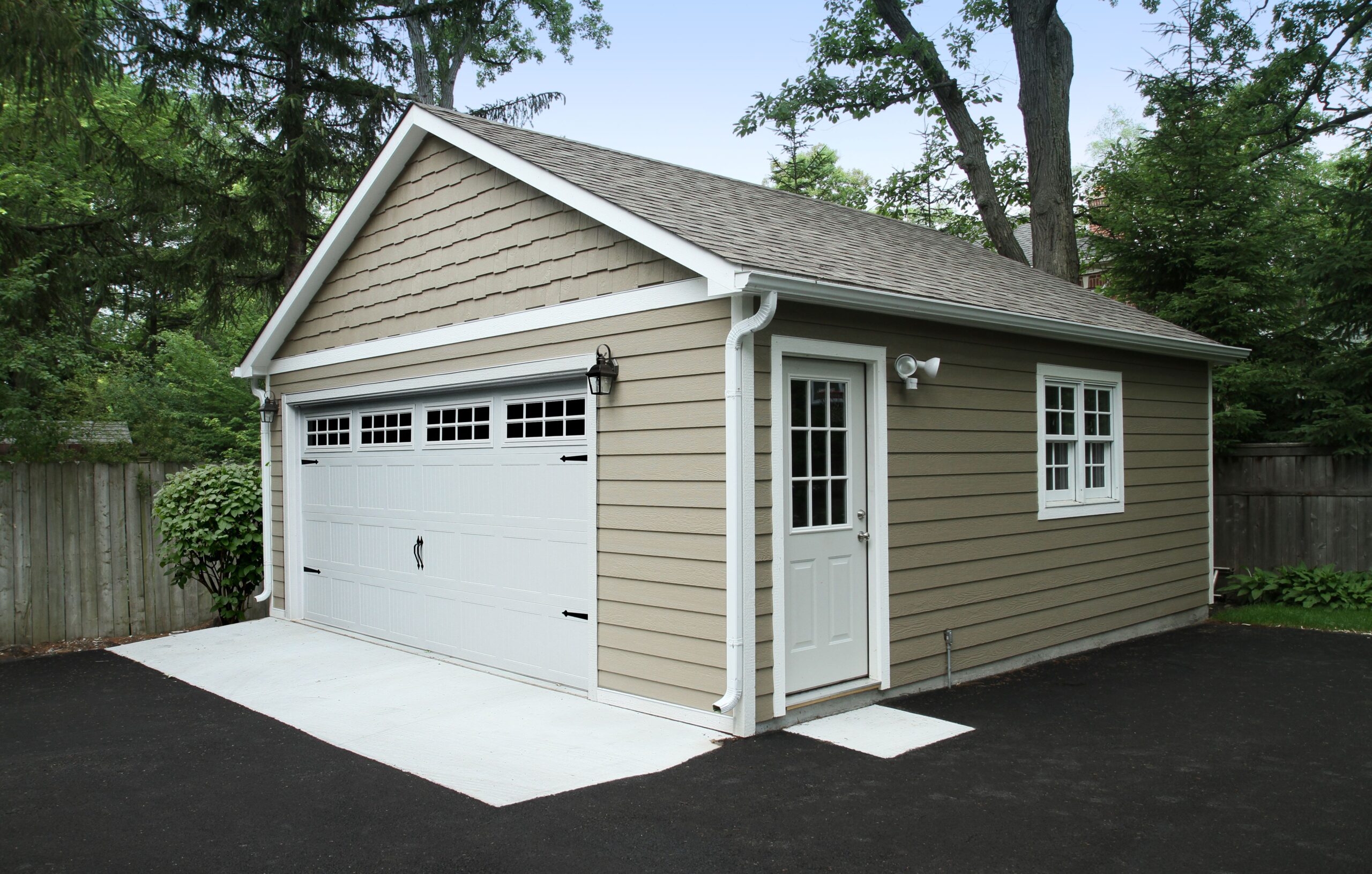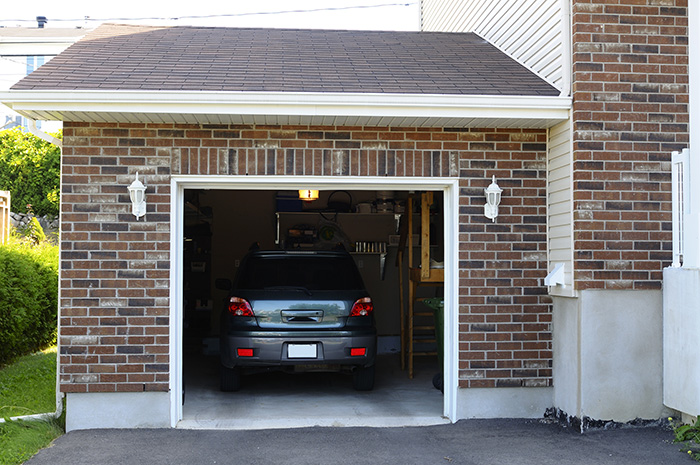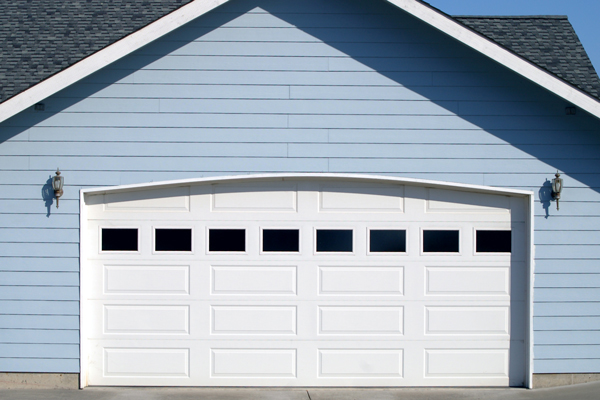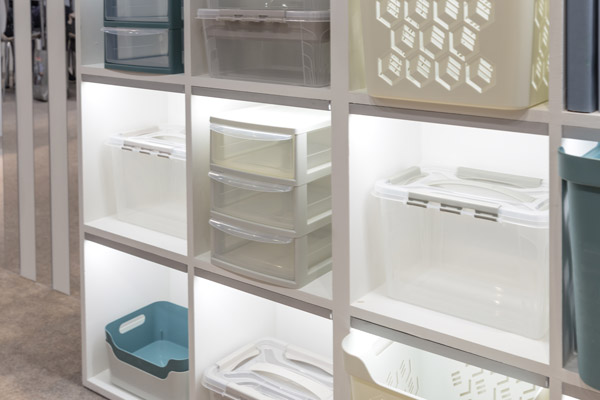What to Do If Your Garage Door Leaks
Novice homeowners may think that a garage is supposed to be damp and musky, a place to simply shelter cars against the elements or to store forgotten items for years to come. The garage is so much more than that, and keeping it nice goes a long way. The modern American garage is a place to fix, create and take pride in the things we own. What better reflection of that than to take care of the garage itself?

There are few things worse than getting out of a car and being hit with the unsettling mildew stench of a wet garage. A typical source for most homeowners for the leak is the garage door itself.
The garage door is essentially the most vulnerable place in your garage for water leakage so understanding what to do when it leaks is important in keeping your garage protected and dry (check out the article on the types of garage doors).
The Bottom Seal is the Most Common Culprit
What stands between rainwater and your garage is a reliable seal on the bottom of the garage door. This seal also keeps out leaves, pests, insects and other unwanted debris out of your garage.
It’s easy to tell when a seal needs to be replaced, either from the water seeping into your garage after a rainstorm, or by simply examining it. An old seal will look worn and even have cracks from the cold weather.
How to Replace a Worn Seal
Replacing a nasty, worn out garage seal that has seen better days is a simple task that isn’t very time consuming. A new seal also doesn’t cost too much – you can usually purchase a new seal for around $60 to $100 with the tools included.
Simple Steps to Replacement
First, measure your garage door’s length. You’ll need this measurement to purchase the new seal and to make sure it’s the appropriate length to fit on the bottom of the door. The length of a garage door can range anywhere from 9 to 16 feet.
Lift your garage door to a height that’ll allow you to conduct the installation. Mechanical garage doors can be elevated at any height,.
Next, remove the old seal. Older doors may have the seal nailed on. If so, just use a hammer to pry out the nails. Some doors have the seal directly attached to a track. Pull on one side of the old gasket and slip on the new seal.
After unrolling the new seal along the length of the garage door, you’re ready to begin installing. Depending on whether you have a wooden or metal garage door, you’ll need either nails or screws. Anchor the new seal using a hammer or screwdriver. Make sure you evenly space out the nails or screws, and even try to use the existing holes to make the installation process cleaner.
Finally, check your work. Ensure that the new garage door gasket makes a seal against the driveway. Examine the new seal to see if there are any large gaps to allow pests or water inside.
A Drain Might be the Best Way
If replacing an old seal isn’t enough and you’re still experiencing water leaking through your garage door, then a drain in your driveway might be the most effective option to prevent water from seeping.
Replacing a seal is all well and good, but if the new gasket is attempting to make a seal against an uneven surface, then it’ll hardly be successful at keeping out that rainwater.
Older homes tend to settle more over time, so the garage may sit lower than the driveway. When this happens, gravity takes over and sends water in its direction. You can tell if water tends to collect at your garage door if the bottom of the door itself is covered in dirt or grime from a recent storm.
Driveways also crack and change their slope over time after years of being used and abused by heavy vehicles, which affects the way water travels on it. Even if your driveway has a drain outside of the garage door, there’s a chance that it isn’t large enough or not placed in the right area for maximum effectiveness.
Installing a channel drain or a French drain is an expensive, time consuming project and, depending on your budget, you may want to contract this task out.
Depending on the source you turn to for the installation process, the right way to install either drain is debatable, another great reason to leave this to the professionals.
Both drains, when done by yourself, involve designing the set up, planning on where you want to redirect the water to, spending money on the right equipment for the job, and finally, the copious amounts of digging.
Other Solutions to Fix a Leaking Garage Door

Aside from the simplest solution of replacing an old, torn seal with a new one, there are other methods of keeping water from leaking through your garage door.
When a new drain system is out of the question, then try adding a layer of concrete to your garage in order to have the bottom gasket make a proper seal. Yes, it’s tedious, but not nearly as difficult and expensive as installing a new drain system outside of your garage.
To avoid putting an entire layer of concrete in your garage, you could also install a garage door threshold. This acts as a way for the floor of the garage to directly meet the door itself, which helps eliminate any gaps.
All this takes is a threshold kit, which consists of a rubber strip, glue and maybe even some caulk. The only downside to a threshold kit is that it does prevent you from properly cleaning out your garage.
You won’t be able to sweep, blow out, or wash down your garage as easily because the threshold acts as a lengthwise bumper, trapping all of the debris inside the garage.
Garage doors are often the most common reason why a homeowner finds water pooling on the floor of their garage. The easiest fix is replacing the gasket on the bottom of the door, and this is often most typical solution in stopping water from getting in.
A new seal is inexpensive and easy to install, but if this doesn’t do the trick, then you may have bigger issues. Pay attention to the way your driveway slopes, check to see if the floor of your garage is uneven, and see which method is best to redirect water—a drain or otherwise.
Keep Your Garage Door From Leaking
Keeping your garage water-free will save you money in the long run. Avoid having moisture in your garage to prevent mold, rot and other foundation issues. A drain, added concrete, or a new seal is much cheaper in comparison to rebuilding or fixing an entire garage.
Remember to check your garage door’s bottom seal and replace it at least once a year, this will save you time and money in the long run.
Sometimes, your garage may be past its prime and replacing only the garage door wouldn’t be a smart investment. In such a case, you can count on Danley’s to build you a new garage from the ground up that’ll withstand anything Chicago weather has to throw at it.
Get a free quote online and see why over 100,000 homeowners have trusted Danley’s for their garage building project.





